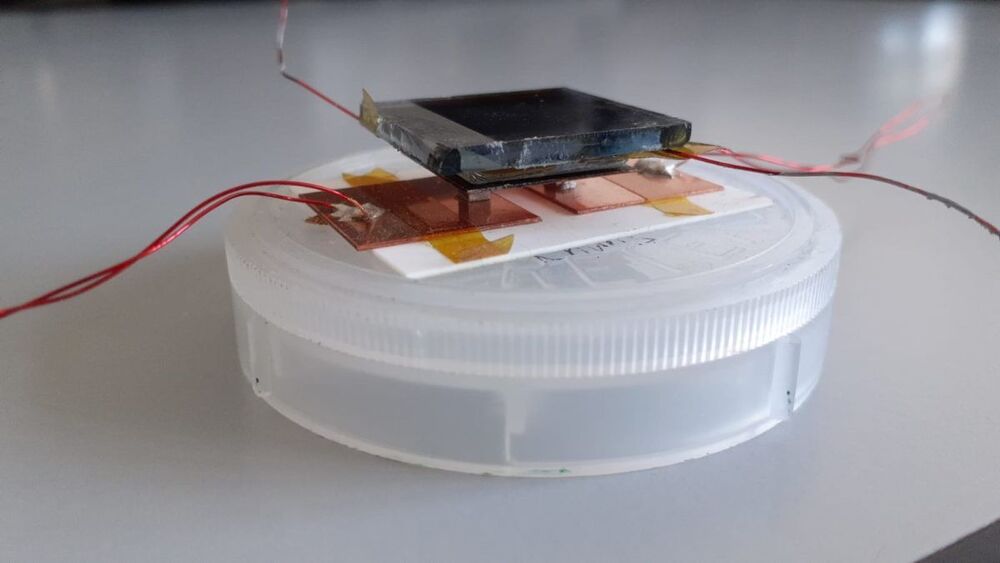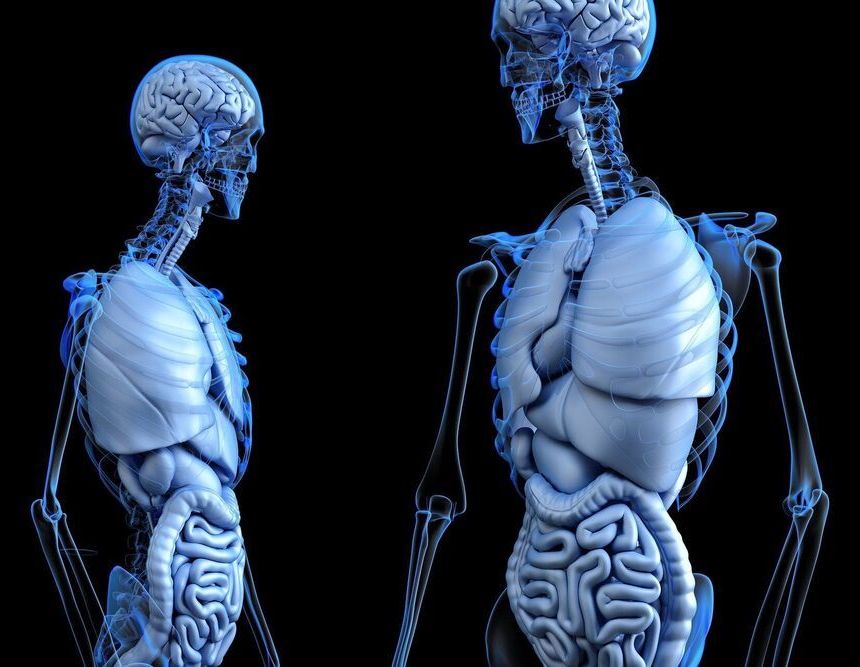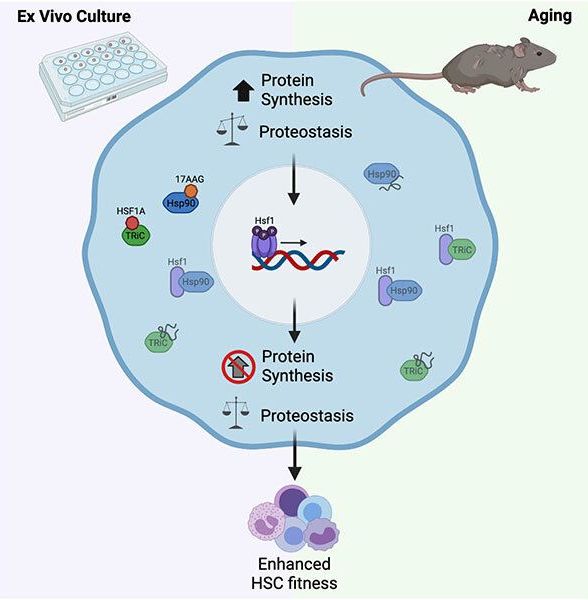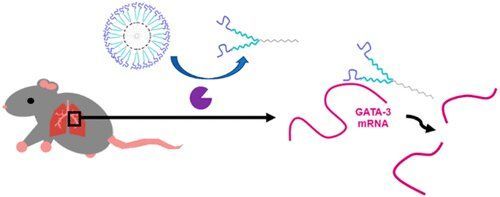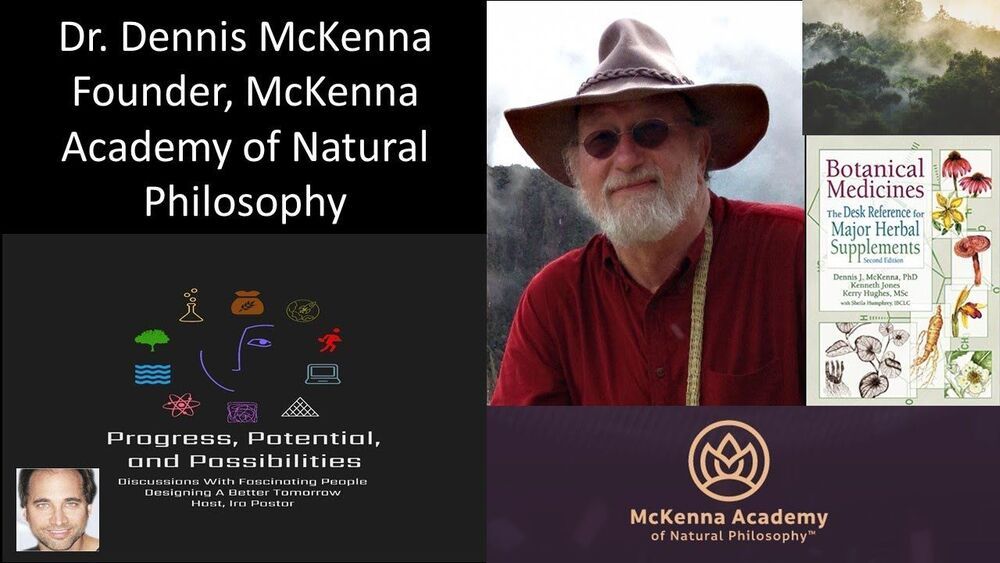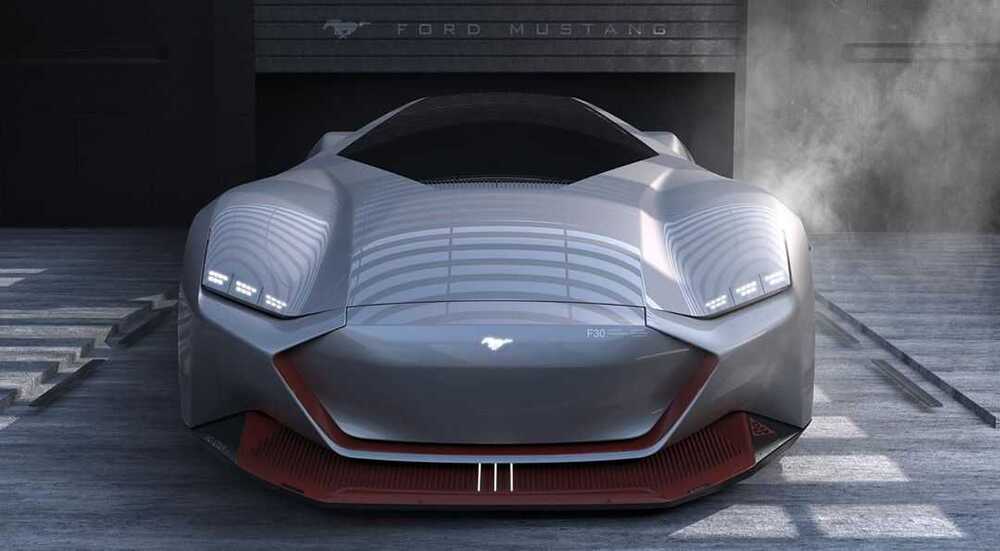Heat flows naturally through the TEG because its cold side is kept at room temperature, while its hot side, which is in thermal contact with the cell, is at a high temperature. The Seebeck effect, which is the direct conversion of temperature differences between two semiconductor materials into electric voltage, generates this difference which then translates into additional electrical power.
The scientists decided not to use a spectrum splitting technology, which is generally utilized in these applications, to direct different parts of the solar spectrum towards either the PV or the TEG unit. “It is more convenient, in terms of final efficiency gains, to keep the solar cell at the same temperature of the TEG hot side, instead of keeping the cell cold but losing much of the recoverable heat,” the academics explained, noting that a wide-gap solar cell based on perovskite was chosen for the device, due to its lower sensitivity to high temperatures. “Temperature-sensitive materials, such as silicon, lose too much efficiency to make the hybridization convenient,” they further explained.
